A diversified portfolio is essential for building long-term wealth.. Diversification allows you to balance risk so that if one segment of your portfolio lags, the financial hit is minimized as much as possible. Stocks, bonds and mutual funds can offer variety, but it’s important to look beyond these asset classes to potentially lucrative alternatives.
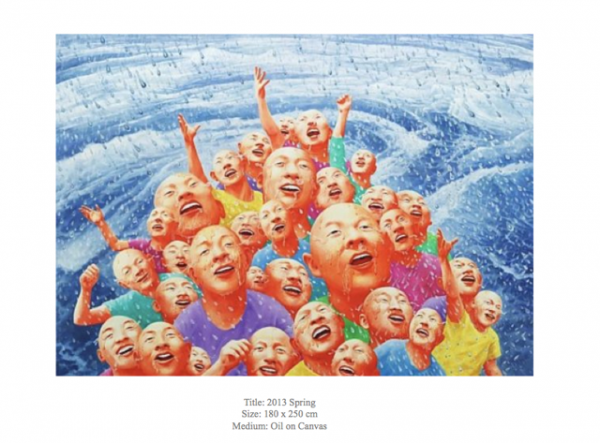
Investing in art, for instance, is growing in popularity. “ According to Deloitte’s 2017 Art & Finance Report”, total U.S. investment in art is expected to reach $2.7 trillion by 2026. Fifty-five percent of wealth managers reported their clients asking for help with investments in art and collectibles.

If you’re considering investing in art to expand your portfolio’s horizons, there are some important things to know first.
Defining Your Niche as an Art Investor
Investing in art is different from buying a stock or purchasing shares of a mutual fund; there are some initial questions to ask yourself before venturing in.
First, think about what type of art you’d like to invest in. For instance, are you attracted to contemporary artists or are you more drawn to the Old Masters? Do you want to invest in well-known artists or are you hoping to discover the next Jackson Pollock or Picasso? Is there a specific geographic region or style that appeals to you?
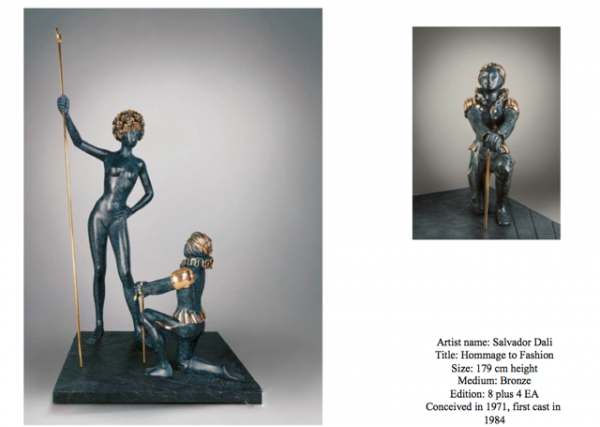
Next, consider what forms of art you’re interested in. Will you invest exclusively in oil or acrylic paintings or are you open to exploring other mediums, such as sculpture, glass-blowing or photography? Are you interested in less conventional mediums, such as performance art or graffiti?
You don’t necessarily need a degree in fine art or art history to become an art investor, but at a minimum, you should have an understanding of basic mediums, styles and artistic eras. Visiting galleries locally or touring online exhibitions is a good way to familiarize yourself with both modern and classical art and artists.
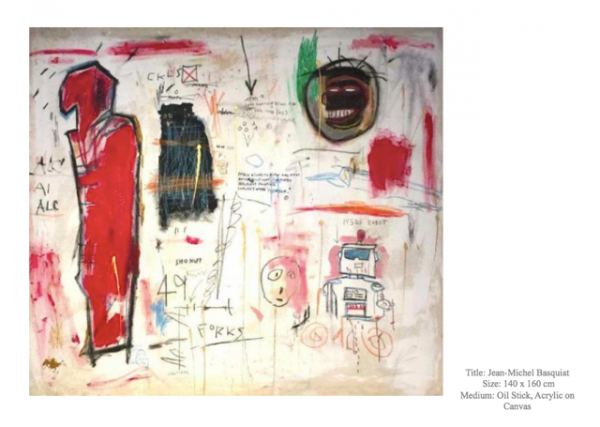
The Financial Side of Art Investing
Aside from your personal preferences, investing in art also requires you to think about the financial aspects of owning works of art. There are several things to consider here, starting with how much you can reasonably afford to invest.
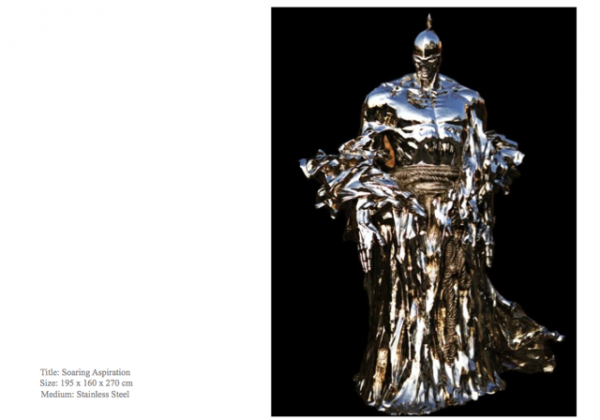
The average auction price for a piece of contemporary art was $27,600 in 2017. If that’s not realistic for your investment budget, you may need to consider lower-cost alternatives, such as purchasing art from local galleries or studios, investing in student art or purchasing pieces from art fairs. These avenues offer access to up-and-coming artists as well as established artists at prices that may be more appropriate for a beginning art investor’s budget.
From a return perspective, art is like any other investment and there’s a certain degree of risk involved. According to Deloitte, the biggest risks to the global art market are political and economic uncertainty. Instability in these areas can affect artwork pricing and trading. But, art has a low correlation to more traditional investments such as stocks, meaning it has the potential to remain stable or increase in value if the market declines.
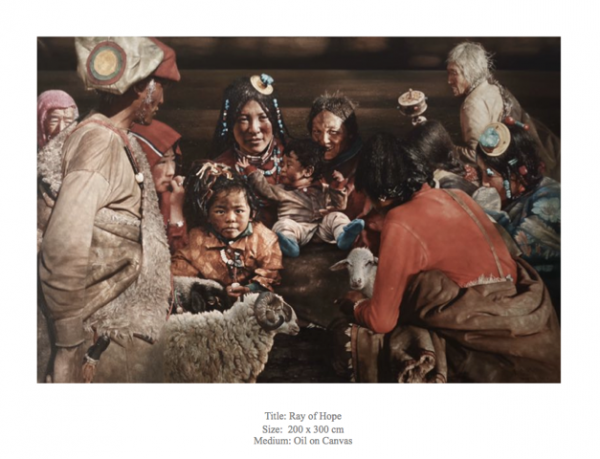
On average, art returns 7.6 percent to investors each year. Historically, the Standard & Poor’s 500 index delivers an average annual return of 9.8 percent. What you have to consider is how those higher returns correlate to risk. Stocks are volatile and a bull market can quickly become a bear market if global economic conditions shift quickly. Art may offer more insulation against the factors that directly affect stock prices.
Do Your Research
Investing in art isn’t something you should do on a whim. Instead, take time to get to know the market and what you can expect from art investments.
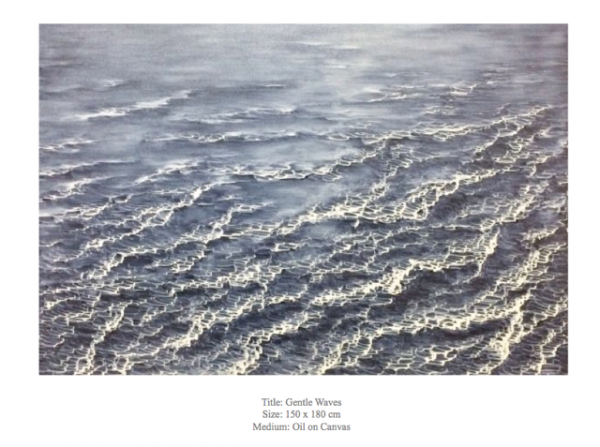
Remember that if you’re investing in individual art pieces to look beyond the purchase price. Additional costs you may need to consider include framing costs, sales tax, auction fees and storage costs. It’s also wise to invest in a professional appraisal before you buy, and of course for high-value art, you’ll need adequate insurance to protect your investment.
*extracted from the balance
